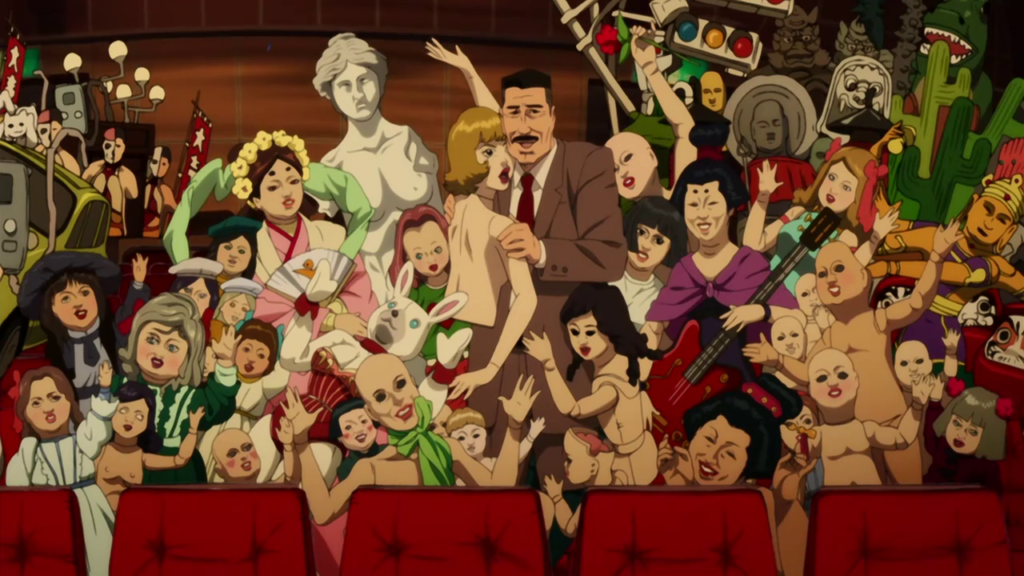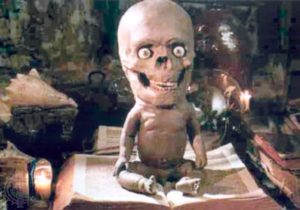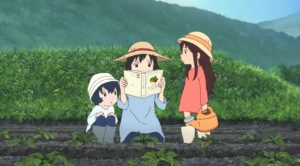[INSERT NAME HERE] Meridian Experimental Minifest

INSERT NAME HERE Meridian Experimental Minifest (Music, Video & Film)
Meridian Space, Beijing • October 25th – November 21st 2015.
Defining the term “experimental” can be a tricky business. Are we talking about content? Or about form? Is there anything left to experiment on? A multitude of questions arise if we mull over the term and the artistic practices that link experimental production whether in art, film or music.
In order to give shape to our understanding of the word “experimental”, Meridian Space will open a platform for performers from different backgrounds and disciplines from October to November 2015, during which experiments on our senses will take place every week, as part of .
Between October 25th and November 21st, Meridian Space will let the artists themselves show us their vision through whatever media they choose, in the shape of samples. It may be a video installation, music performance or screening, or something else altogether.
Featuring: Cong Feng, Bruce Gremo, Shih-yang Lee, Phill Niblock, Katherine Liberovskaya, Dirty Electronics, Bob Ostertag, CT-808, Ju Anqi, JDK-X, Deadly Cradle Death, Gabriel Duceppe, Kipp the Menace, Liu Xinyu, Garcia Frankowski, Elsie Yi Shen, Muted Rainbows, and many other great artists.
Please subscribe to our newsletter for more detailed information in the coming days, and check out the links in the programme below.
Programme
» SAMPLE 1: Oct.25, 5 pm
Screening – Cong Feng’s “Stratum 1: The Visitors”
+ Audiovisual source code session – “On building an independent cinema local ecology”
+ Q&A
» SAMPLE 2: Oct.27, 8 pm
Multilayered improvisations: Shih-yang Lee x Bruce Gremo;
Phill Niblock x Katherine Liberovskaya
» SAMPLE 3: Oct.28, 8 pm
Dirty Electronics Workshop – Experimenting with “Bed of Nails x Hard Drive”;
Performing “Hidden Sine” and “Light & Feathers”
» SAMPLE 4: Oct.29, 8 pm
MIJI Concert Series #29 – Featuring Dirty Electronics, Bob Ostertag and CT-808
» SAMPLE 5: Nov.06, 9 pm
Experimental electronics – JDK-X and Deadly Cradle Death
» SAMPLE 6: Nov.07, 2.30 pm
Screening – Three Films by Ju Anqi
» SAMPLE 7: Nov.13, 9 pm
Ambient/Noise performance – Gabriel Duceppe and Kipp the Menace
» SAMPLE 8: Nov.15, 4 pm
Short films screenings – ‘Total’ Fragments
» SAMPLE 9: Nov.21, 6 pm
Live set & Video installations – Clash of Mediums



















 Meridian Borderline:
Meridian Borderline: